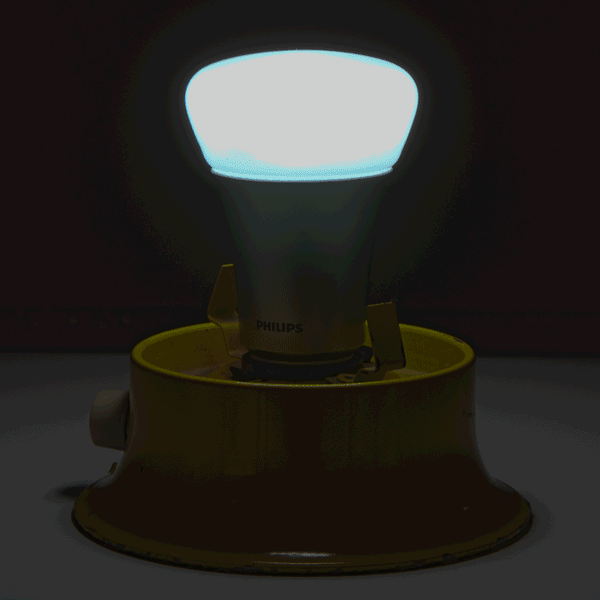
Over a year ago, I bought the Philips Hue Personal Wireless Lighting and was somewhat underwhelmed with it. Since then, Philips has made improvements to their product offerings while competitors have been slow to appear and are less than capable when they do. Even though the basic LED light has not changed, including its reliance on a dedicated wireless bridge with a wired Ethernet connection, other factors have made the Philips connected light bulbs more attractive.

Much of the improvement has been due to general product maturation. For example, the app that controls the Hue lights has improved. But the biggest change has been from other developers taking advantage of the Hue APIs.
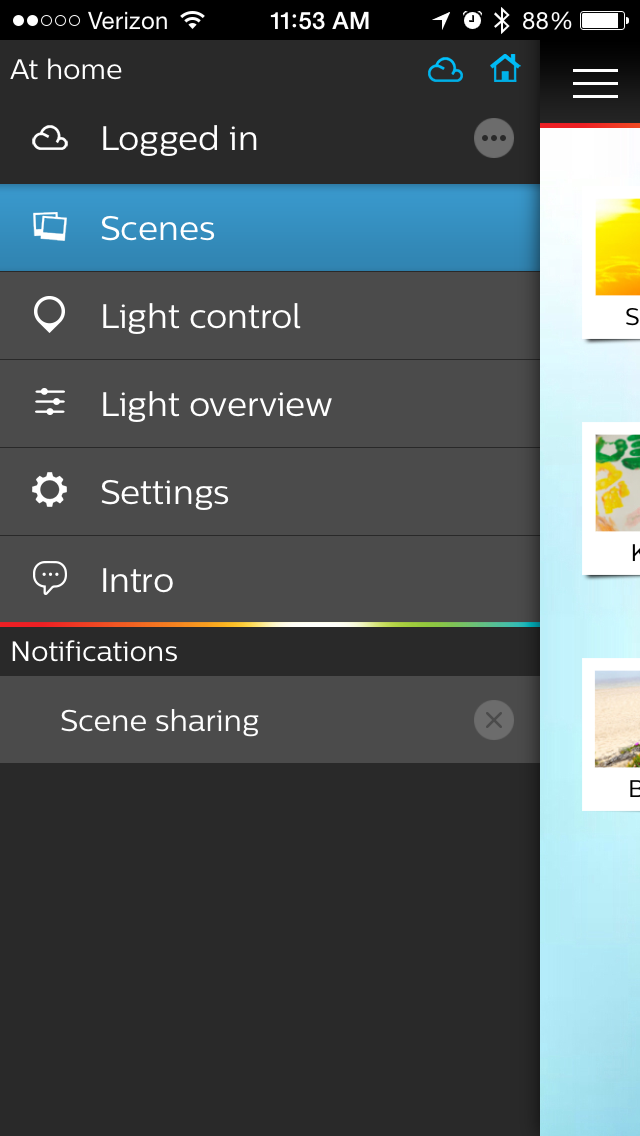
IFTTT (IF This Then That) now supports the Hue lights. IFTTT allows a variety of events to trigger different actions. I set up a recipe that does this: IF Sunset THEN Turn on Hue lights. People do all sorts of things like flash the Hue lights red when they get a text. I also use IFTTT with my WeMo light switch. I have a friend who uses IFTTT to send his wife an email saying he is on his way home when his phone detects it has left his office building.
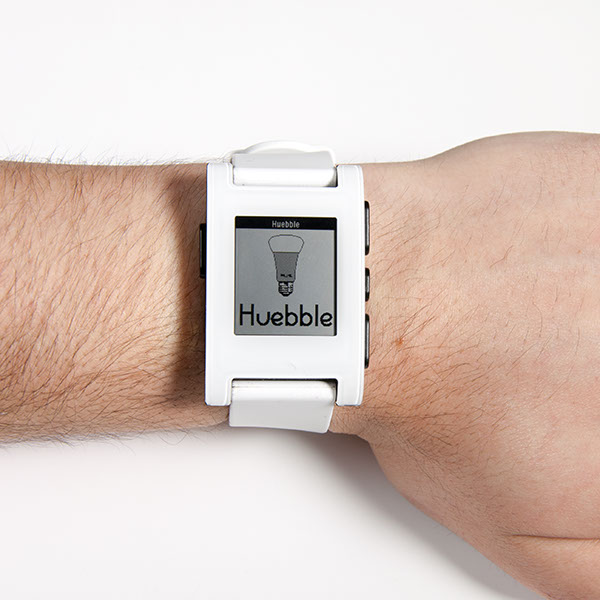
The use of the Hue APIs also has alleviated one of my annoyances – the hassle of requiring my phone (or tablet) to turn off my lights. There is an app for the Pebble smartwatch called Huebble that allows me to control my lights. Now I can turn off my Hue lights from bed without retrieving my smartphone or tablet.
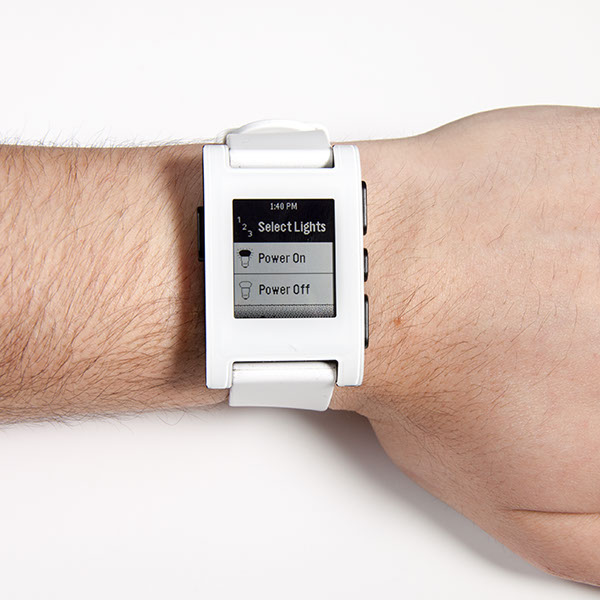
The other big improvement over the last year has been Philips’ introduction of additional Hue products. They now have a spotlight that works similarly to the original bulbs. They also make light strips and lamps for applications and situations where a light bulb does not quite work. Upcoming products include the Hue Tap which is a device that for $59.95 functions as a controller for your Hue lights when you don’t want to use your smartphone, tablet, or smartwatch; and the Hue Lux LED white bulb, for applications where you don’t need to change the color of the light, but do want to control it via your smart devices. Two white bulbs and the wireless bridge are expected to sell for $99.95 rather than the current package’s $199.95 for three color bulbs and the wireless bridge.
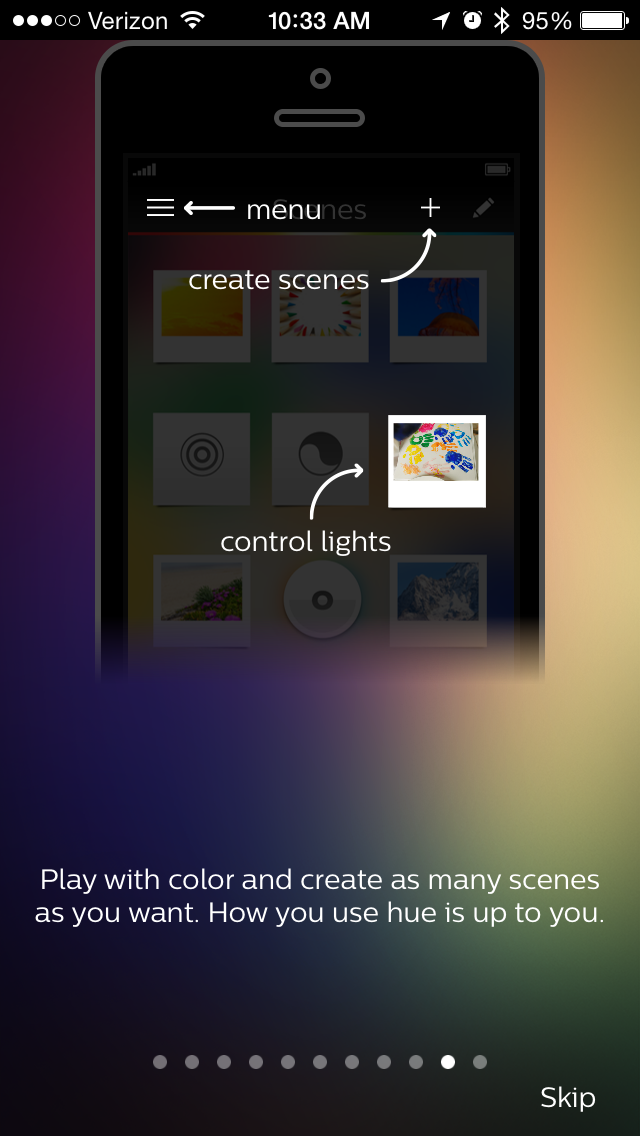
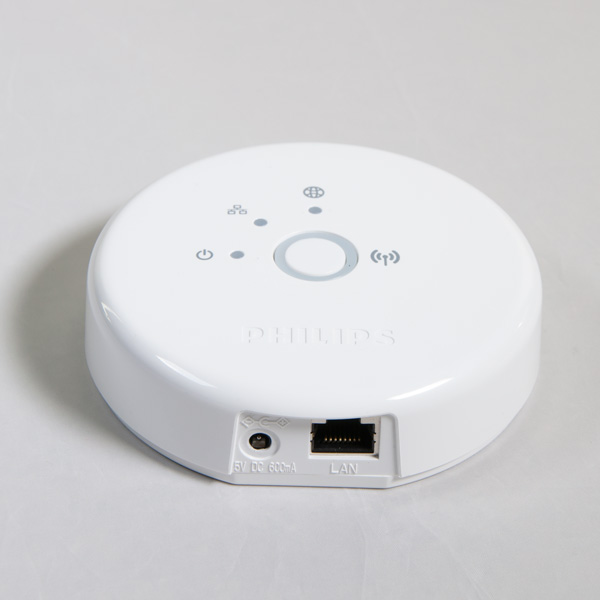
Initially, I held out hope for other rumored or promised connected light bulbs like the LIFX. After a few months with my LIFX bulbs (I’ll have a review up soon), the Hue bulbs are looking better and better. There are, however, lots of new entries in this arena from small companies like ilumi and TCP to large companies like Belkin to giants like Samsung and LG. These bulbs come in different form factors (I really want to try the Samsung LED that fits in an overhead fluorescent light fixture). These solutions use different wireless protocols, including Bluetooth and WiFi; provide different sets of features; and come both with and without a dedicated wireless bridge. I am very interested in seeing how these new (and old) competitors compete with Philips’ expanding product line and almost two-year head start.
As the prices of products in this area are coming down, you should definitely try one of the connected lighting solutions and see what you think. After all, who doesn’t need a light bulb that knows enough to turn on when you get home!







